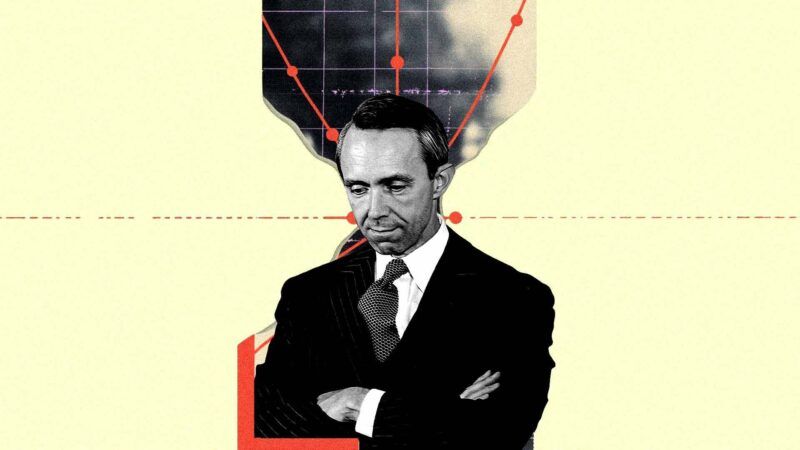David Souter Shaped the Supreme Court Through the Backlash He Inspired
The late justice was appointed by a Republican but quickly established himself as a judicial liberal.

Supreme Court Justice David Souter, who died last week at age 85, will probably not be remembered as the author of any truly momentous majority opinions, because he never really wrote any of those. Nor will Souter be remembered as one of the Court's great dissenters, because none of his dissents inspired the next generation to keep the faith about unpopular ideas. Souter's career will likely be remembered for a more unusual reason: the severe and enduring backlash that he inspired.
Appointed to the Supreme Court in 1990 by Republican President George H.W. Bush, Souter quickly emerged as a consistent "liberal" vote in high-profile cases about hot-button issues such as abortion and affirmative action. This was supremely disappointing to conservative legal activists, who had hoped Bush would pick someone in the mold of Justice Antonin Scalia, the outspoken conservative tapped four years earlier by President Ronald Regan.
To make matters worse, Souter replaced retiring Justice William Brennan, a liberal icon. The Bush administration thus squandered a rare opportunity to shift the ideological balance on the Court. Instead of replacing a liberal justice with a conservative one, Bush effectively traded a liberal for a liberal. In the eyes of many folks on the right, that was a grievous mistake that neither could nor should be forgiven.
The resulting backlash against Souter would fundamentally shape the Republican Party's approach to judicial nominations. The battle cry of "No More Souters" would now be heard whenever a Republican president had the chance to fill a Supreme Court vacancy. In practical terms, what that meant was "no more judicial nominees without verifiable conservative credentials." Republican judicial nominees have been vetted under the "No More Souters" rule ever since.
In a way, the "No More Souters" rule even influenced the actions of Souter himself. When Souter began planning for his own retirement at the surprisingly young age (for a justice) of 69, he timed the event so that a Democratic president would be the one to replace him. That is how President Barack Obama came to name Sonia Sotomayor to the Supreme Court in 2009. It was Souter's own careful retirement planning that allowed Obama to trade a liberal for a liberal, thereby preserving the tenuous ideological balance that then existed on the Court. Had Souter stepped down a year earlier, when George W. Bush was still president, Souter's replacement would have almost certainly been to the right of Sotomayor. Thanks to Souter, the "Brennan seat" on the bench has been occupied by a judicial liberal since 1956.
Souter's unlikely nomination infuriated the political party that first championed him while greatly benefiting the political party that first opposed him. I don't suppose we'll be seeing another justice like that anytime soon.


Show Comments (42)